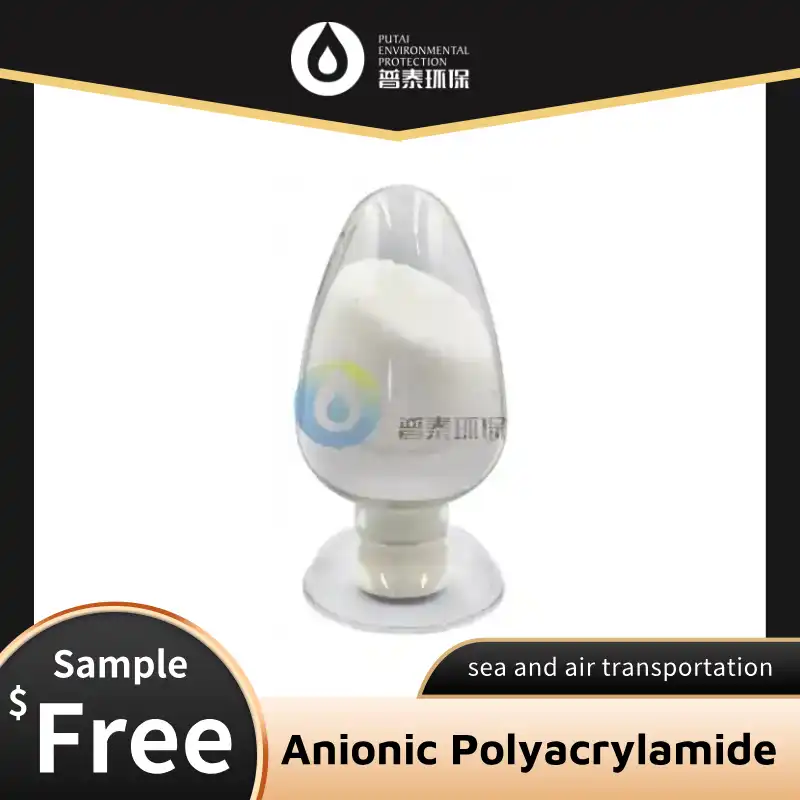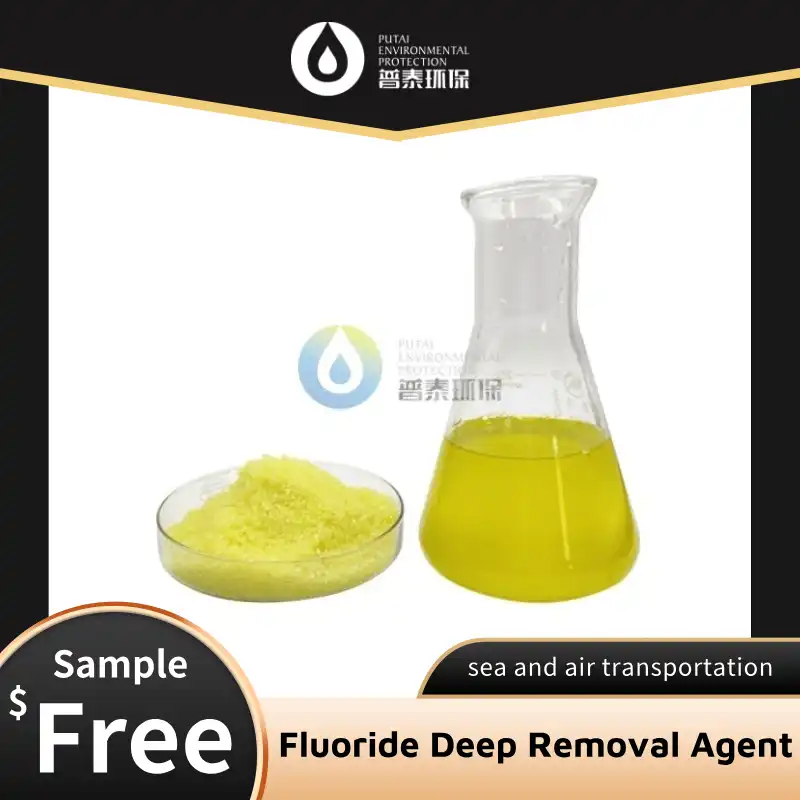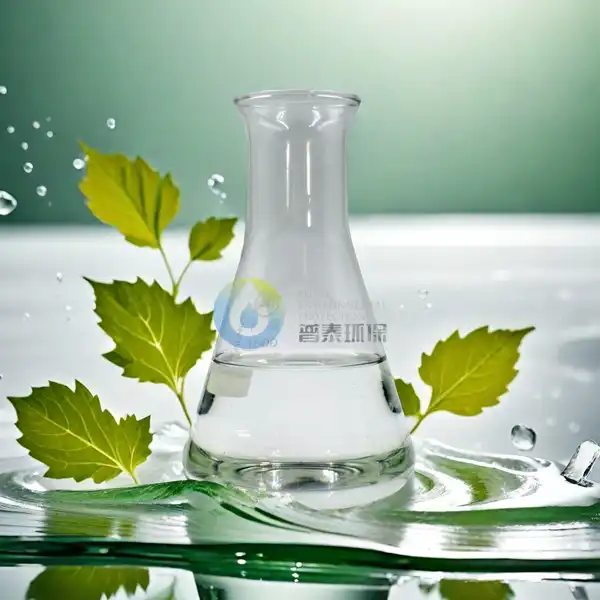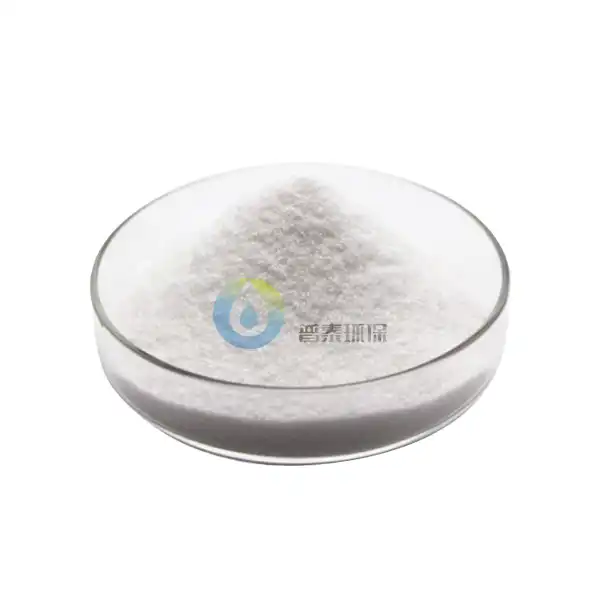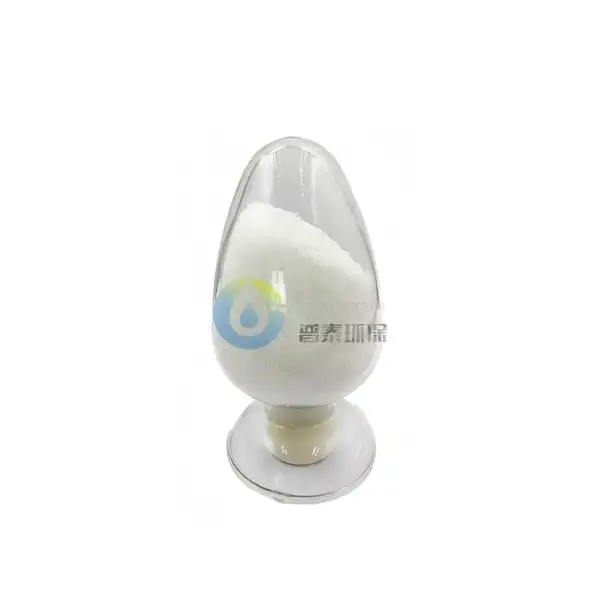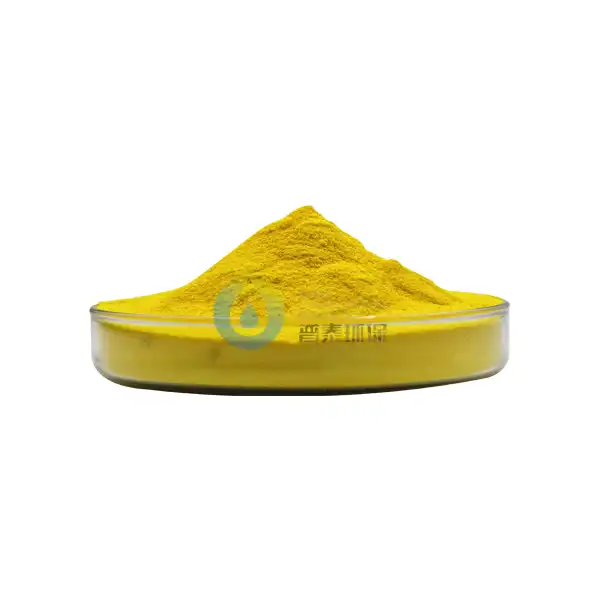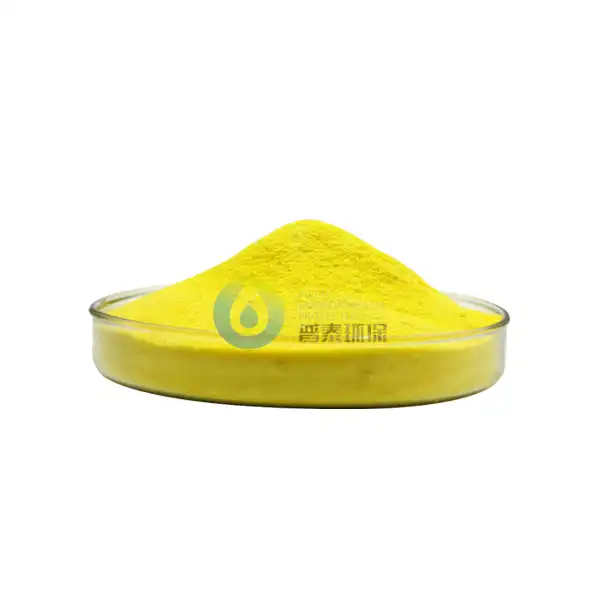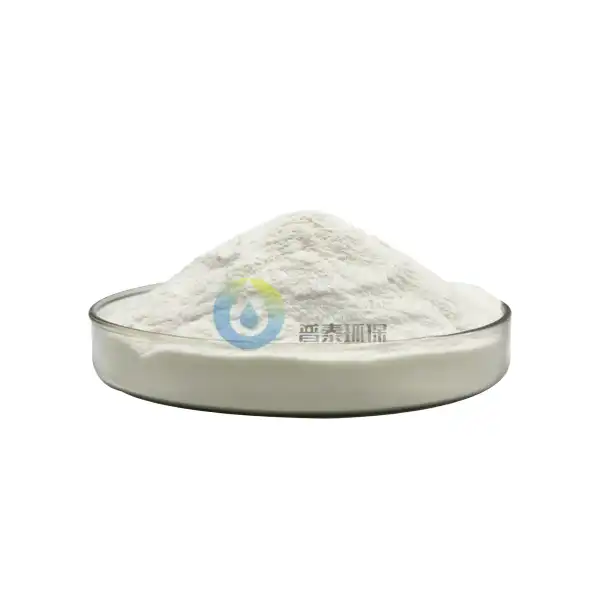What are the Environmental Impacts of Using Industrial Grade Poly Aluminum Chloride?
Industrial Grade Poly Aluminum Chloride (PAC) is widely used in water treatment processes across various industries. As an inorganic polymer coagulant, it plays a crucial role in removing impurities from water bodies, industrial effluents, and drinking water supplies. With increasing environmental awareness, understanding the environmental impacts of using Industrial Grade PAC has become essential for sustainable water management practices. This article explores the various environmental aspects associated with the use of Industrial Grade Poly Aluminum Chloride.
What Makes Industrial Grade Poly Aluminum Chloride More Environmentally Friendly Than Traditional Coagulants?
Lower Chemical Dosage Requirements
Industrial Grade Poly Aluminum Chloride offers significant environmental advantages over traditional coagulants due to its lower dosage requirements. Compared to conventional coagulants like aluminum sulfate (alum) or ferric chloride, Industrial Grade PAC typically requires 30-50% less chemical input for the same treatment efficiency. This reduced consumption translates to fewer raw materials being extracted and less energy used in production, resulting in a smaller carbon footprint. Lower dosage requirements also mean reduced transportation needs and associated fuel consumption, further diminishing the environmental impact of water treatment operations that utilize this advanced coagulant.
Reduced Sludge Production
One of the most notable environmental benefits of Industrial Grade Poly Aluminum Chloride is its ability to produce significantly less sludge compared to traditional coagulants. Water treatment plants using Industrial Grade PAC can experience sludge volume reductions of up to 25-40%. This decrease addresses a major environmental challenge in water treatment operations. Less sludge means reduced demands for dewatering chemicals, lower energy consumption for sludge processing, and decreased greenhouse gas emissions from transportation and disposal. Additionally, the sludge produced when using Industrial Grade Poly Aluminum Chloride has better dewatering properties, resulting in denser, more compact sludge that occupies less landfill space.
Wider pH Effectiveness Range
Industrial Grade Poly Aluminum Chloride demonstrates superior performance across a broader pH range compared to conventional coagulants. Unlike traditional coagulants that often require strict pH adjustment through additional chemicals, Industrial Grade PAC functions effectively within pH ranges from 5.0 to 9.0. This wider operating window significantly reduces the need for supplementary pH adjustment chemicals such as lime, caustic soda, or acids. By minimizing these auxiliary chemicals, water treatment facilities can decrease their overall chemical footprint. The effective performance at varying pH levels also means less energy consumption for mixing and dosing additional chemicals, and more stable treatment processes with fewer chemical overdosing incidents that could harm aquatic ecosystems.
How Does Industrial Grade Poly Aluminum Chloride Impact Aquatic Ecosystems?
Effects on Aquatic Organisms
When properly applied in water treatment processes, Industrial Grade PAC generally demonstrates lower toxicity to aquatic life compared to alternatives like aluminum sulfate. The polymeric structure allows it to form larger, more stable flocs that efficiently capture contaminants while reducing the amount of dissolved aluminum that might interact with aquatic organisms. Treated effluent from facilities using optimized doses of Industrial Grade PAC typically contains minimal residual aluminum, mitigating potential bioaccumulation concerns in fish and other aquatic species. However, improper application or accidental releases of concentrated Industrial Grade Poly Aluminum Chloride can still pose risks to aquatic ecosystems, particularly in sensitive habitats. Regulatory compliance and proper handling protocols are essential to ensure environmental benefits without compromising ecosystem health.
Water Quality Improvement
Industrial Grade Poly Aluminum Chloride significantly contributes to water quality improvement for aquatic ecosystems. When applied in water treatment, Industrial Grade PAC effectively removes suspended solids, colloidal particles, phosphorus, heavy metals, and certain organic compounds. This results in clearer effluent with reduced turbidity levels, often achieving turbidity reductions of 90-95%. The efficient removal of phosphorus is particularly valuable in combating eutrophication, a serious environmental issue that leads to harmful algal blooms and oxygen depletion. By removing organic matter that would otherwise consume oxygen during decomposition, treated water discharged into natural water bodies maintains higher dissolved oxygen levels, creating healthier habitats for aquatic organisms. The improved clarification also enhances light penetration in receiving waters, supporting photosynthetic activities of beneficial aquatic plants.
Sediment Quality and Accumulation
Industrial Grade Poly Aluminum Chloride forms denser, more stable flocs that are less likely to break apart after discharge, resulting in reduced resuspension of contaminants in receiving waters. This helps maintain cleaner bottom sediments in lakes, rivers, and other water bodies. The improved settling properties of flocs also contribute to more efficient removal of contaminants during the treatment process. However, long-term use of any aluminum-based coagulant may lead to some degree of aluminum accumulation in sediments. Research indicates that the aluminum complexes formed when using Industrial Grade Poly Aluminum Chloride tend to be less bioavailable than those from traditional aluminum coagulants, potentially reducing ecological risk. Nevertheless, regular monitoring of sediment quality in receiving waters is advisable to ensure that accumulation remains within environmentally acceptable limits.
What Are the Long-term Environmental Considerations of Industrial Grade Poly Aluminum Chloride Usage?
Biodegradability and Persistence
As an inorganic compound, Industrial Grade PAC does not biodegrade in the traditional sense. However, in natural aquatic environments, it undergoes transformation processes that alter its form and potential environmental interactions. Upon discharge into water bodies, the aluminum species in PAC undergo hydrolysis reactions, forming aluminum hydroxide precipitates that typically settle into sediments. These aluminum hydroxide forms become increasingly stable and less reactive over time through aging. While the aluminum itself persists in the environment, its bioavailability and potential toxicity generally decrease as it transforms into more stable mineral forms. Studies of long-term Industrial Grade Poly Aluminum Chloride use suggest that under proper application conditions, the environmental persistence of aluminum from PAC presents minimal ecological risk compared to untreated water contaminants it helps remove.
Energy Consumption and Carbon Footprint
Compared to traditional coagulants, Industrial Grade PAC often demonstrates a more favorable environmental profile. The manufacturing process is generally less energy-intensive than that of aluminum sulfate, requiring approximately 15-25% less energy per functional unit of treatment. The higher efficiency of Industrial Grade Poly Aluminum Chloride in water treatment processes translates to energy savings during application, as less pumping, mixing, and subsequent sludge handling are required. Treatment facilities that have switched to Industrial Grade PAC typically report reduced electricity consumption. The lower chemical dosage requirements also mean fewer transportation emissions associated with chemical delivery. Some life cycle assessments have estimated that water treatment plants using Industrial Grade PAC can reduce their carbon footprint by 10-20% compared to those using traditional aluminum coagulants.
Sustainable Production Practices
Modern manufacturing facilities for Industrial Grade PAC increasingly incorporate sustainable production techniques that minimize waste generation and resource consumption. Advanced production methods utilize recycled aluminum sources as raw materials, reducing dependence on primary aluminum extraction. Some manufacturers have implemented closed-loop water systems that recover and reuse process water, reducing freshwater consumption by up to 80% compared to conventional systems. Energy efficiency improvements in production facilities further enhance the sustainability profile of Industrial Grade PAC. As market demand for environmentally responsible water treatment chemicals grows, manufacturers continue to invest in research aimed at further reducing environmental footprints throughout the product lifecycle.
Conclusion
Industrial Grade Poly Aluminum Chloride offers significant environmental advantages compared to traditional water treatment coagulants, including reduced chemical dosage requirements, lower sludge production, and efficient operation across wider pH ranges. While properly applied PAC poses minimal risks to aquatic ecosystems and contributes to improved water quality, ongoing monitoring and responsible usage remain essential to maximize benefits and minimize potential impacts. As water treatment needs continue to grow globally, the sustainable production and application of Industrial Grade PAC represent an important advancement in environmental protection efforts.
Xi'an Putai Environmental Protection Co., Ltd. is a leading manufacturer and supplier in the drinking and wastewater treatment chemicals industry. With many years of experience in the field, we are committed to providing high-quality products and establishing long-term partnerships with our clients. Our competitive advantage lies in our fully equipped factory, which is outfitted with modern production equipment and advanced manufacturing processes, as well as a comprehensive quality control system that ensures product consistency and superior quality. Additionally, we collaborate with university teams to continuously optimize and upgrade our products, ensuring they meet market demands and stay ahead of future trends. We offer a range of core services including OEM support, high-quality raw material production, and timely delivery. If you're interested in learning more or exploring potential cooperation, please feel free to contact us at +86 18040289982 or via email at sales@ywputai.com. We look forward to the opportunity to work with you.
References
1. Zhang, L., & Wang, Y. (2022). Environmental impact assessment of poly aluminum chloride in municipal wastewater treatment processes. Journal of Environmental Engineering, 148(3), 204-218.
2. Rodriguez-Narvaez, O.M., Peralta-Hernandez, J.M., & Goonetilleke, A. (2023). Comparison of conventional and polymeric coagulants for sustainable water treatment: Focus on aluminum-based coagulants. Water Research, 215, 118259.
3. Chen, J., Wu, H., & Qian, H. (2021). Ecotoxicological effects of industrial grade poly aluminum chloride on freshwater ecosystems: A comprehensive review. Chemosphere, 268, 129336.
4. Smith, D.R., & Johnson, K.L. (2023). Life cycle assessment of inorganic coagulants in drinking water treatment: Environmental and economic considerations. Journal of Cleaner Production, 378, 134568.
5. Wang, S., Tang, W., & Yang, Z. (2022). Aluminum speciation transformation and ecological risk assessment in sediments after long-term poly aluminum chloride application in lake restoration. Science of the Total Environment, 836, 155622.
6. Li, X., Yang, M., & Liang, C. (2023). Sustainable production techniques for industrial grade coagulants: Advances in poly aluminum chloride manufacturing. Environmental Science & Technology, 57(9), 4125-4138.

